If you’re like most homeowners, then you probably dread the sight of dallisgrass on your lawn. This pesky weed can be difficult to get rid of, and often ends up killing the grass in the process. In this article, we will provide a comprehensive guide on how to kill dallisgrass without killing grass. We’ll answer some common questions about this topic, and provide useful tips that will help you achieve success!
Table of Contents
What is Dallisgrass?
Dallisgrass is a warm-season perennial grass that is common in the southern United States. It is a fast-growing grass that can reach up to three feet tall. Dallisgrass has a thick root system that allows it to quickly spread and invade lawns and other areas of your yard.
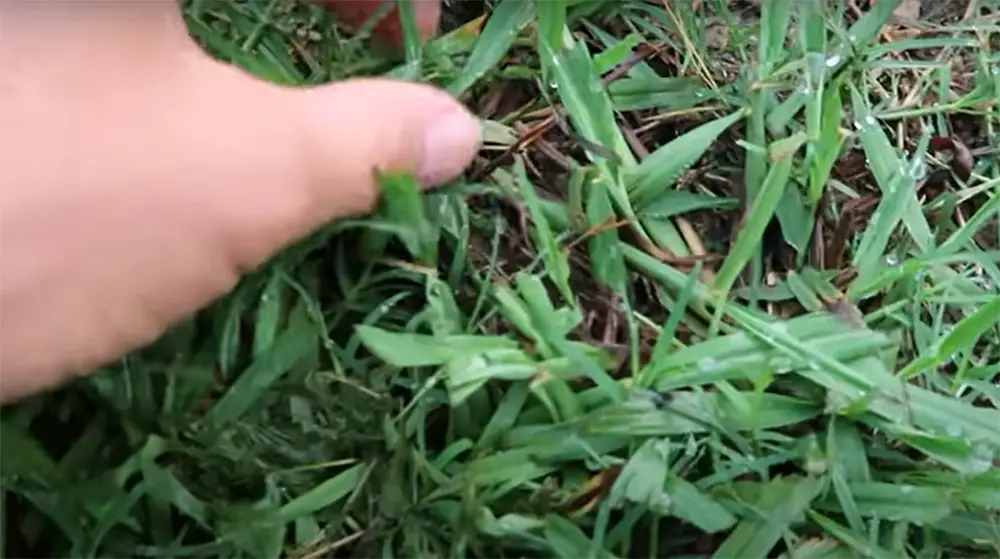
Dallisgrass is a difficult weed to control because it produces so many seeds. The seeds are spread by wind, water, animals, and humans. If you have dallisgrass on your lawn, there’s a good chance that the seeds have already spread to other areas of your property.
Even if you don’t have dallisgrass on your lawn right now, it’s important to be aware of this weed and how to control it. Dallisgrass is a very competitive plant, and it can quickly take over a lawn if it’s not controlled.
Plant characteristics
Dallisgrass (Paspalum dilatatum) is a perennial, warm-season bunchgrass that is widely distributed in the southeastern United States. It invades pastures, turfgrasses, roadsides, and other disturbed areas. Dallisgrass reproduces by seed and tillers (shoots that grow from the base of the plant). Each plant can produce an abundant amount of seeds per season. The seeds are spread by animals, vehicles, and machinery. Dallisgrass forms dense mats that crowd out other plants and reduce forage production. It also provides shelter and food for harmful insects and diseases.
Dallisgrass is a problem in both seeded and vegetative turfgrasses because it is very competitive and difficult to control. In vegetative turfgrasses, dallisgrass can be controlled with herbicides. However, in seeded turfgrasses, the only way to control dallisgrass is to kill the entire grass stand and reseed.
Propagation
The blades of dallisgrass are flat, narrow, and have a distinctive V-shaped notch at the tip. The leaves are dark green in color and turn yellow or brown during the winter months. Dallisgrass spreads by both seed and rhizomes (underground stems) and can be difficult to control once it becomes established in an area.
There are a few different ways that you can kill dallisgrass without killing grass. The best method for you will depend on the severity of the infestation and the size of the area that is affected.
One way to kill dallisgrass is to physically remove it from your lawn. This can be done by hand-pulling the plants or using a spade to dig up the roots. Be sure to dispose of the plants properly so that they don’t spread any further.
Identifying Dallisgrass Weed
If you suspect you have dallisgrass in your lawn, the best way to confirm it is to wait until late spring or early summer when the plant is actively growing. Then, simply pull up a few suspected plants and look for the identifying characteristics described above. Pay special attention to the roots, which are generally wider at the top and taper down to a point.
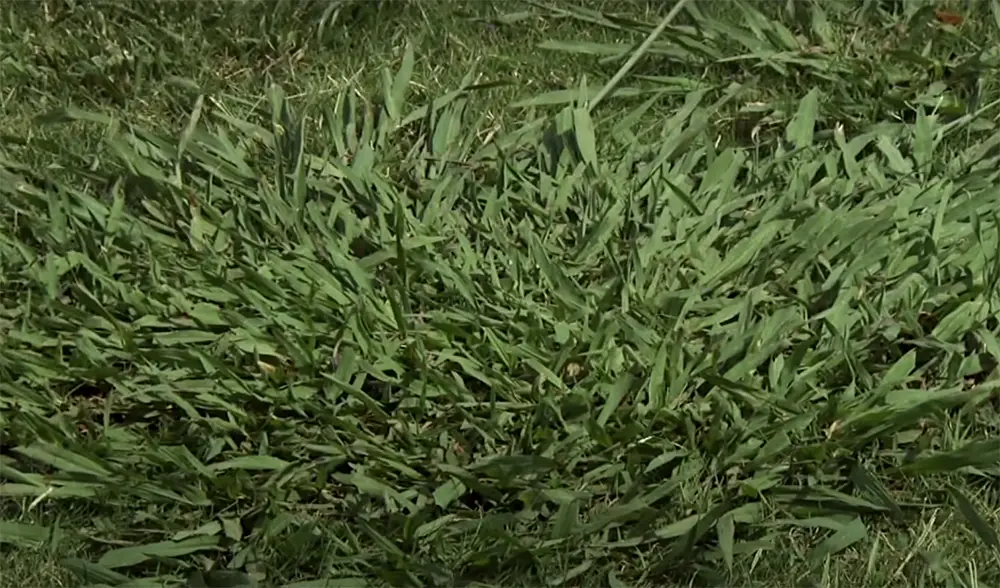
If you’re still not sure, take a sample of the plant to your local cooperative extension office or Master Gardener program for identification. They will be able to tell you for sure and may even have suggestions for how to control dallisgrass in your particular situation. [1]
The Life Cycle of Dallisgrass
Dallisgrass is a perennial grassy weed that grows in lawns and gardens across the United States. It’s an invasive species that chokes out native plants, and it’s difficult to get rid of once it takes hold.
Dallisgrass reproduces by seed, and each plant can produce thousands of seeds per season. The seeds are spread by wind, water, animals, and humans. They can also be transported on clothing or garden equipment. Once dallisgrass seeds land in a suitable spot, they’ll germinate and grow into new plants.
Dallisgrass is a warm-season grass, which means it grows best in temperatures between 75 and 85 degrees Fahrenheit. In the northern United States, dallisgrass will go dormant (die back to the ground) during the winter months. But in the southern United States, dallisgrass can remain green year-round.
Dallisgrass prefers full sun but can also grow in shady areas. It’s common in lawns, gardens, pastures, and other disturbed areas. Dallisgrass is tolerant of drought and can even survive being submerged under water for short periods of time.
Dallisgrass looks similar to other common lawn grasses, such as Bermuda grass and zoysia grass. But there are a few key differences that can help you identify it. Dallisgrass plants have flat leaves that are about ½-inch wide and 12-inches long. The leaves are usually green, but they can sometimes have a purplish hue. The stems of dallisgrass plants are hollow and can grow up to four feet tall. And dallisgrass produces seed heads that look like small, round balls. These seed heads contain two to three spikelets (flower clusters).
Dallisgrass is difficult to control because it’s tolerant of many herbicides (weed killers). It’s also resistant to some common diseases and pests. But there are a few ways to kill dallisgrass without harming your other grasses. Read on to learn more.
The Impact of Dallisgrass on your Garden
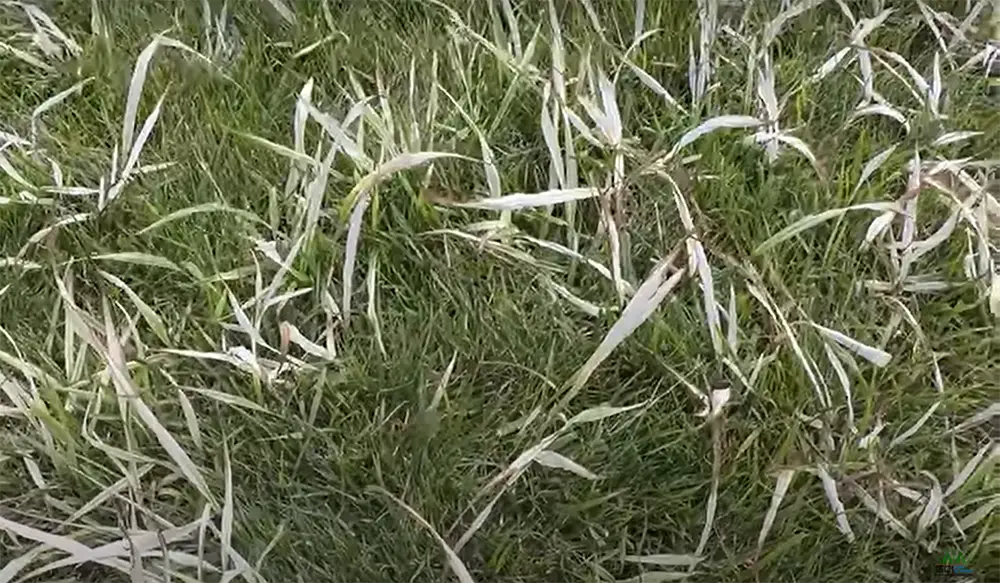
Damage caused by dallisgrass is often first noticed in small, circular patches of dead grass. These “dallisgrass donuts” expand rapidly, and before long the entire lawn may be affected. Dallisgrass produces abundant seedheads that are easily spread by wind, animals, and even lawn mowers. The weed can also reproduce vegetatively from small pieces of stem that are left behind when mowing the lawn.
Dallisgrass is a tough weed to control because it has both deep and shallow root systems. The deep roots make it resistant to drought, while the shallow roots make it difficult to pull out of the ground. Even if you are successful in removing the plant from your garden, dallisgrass seeds can remain viable in the soil for many years.
How to Manage and Control Dallisgrass Weed
There are a few things to keep in mind when trying to kill dallisgrass without harming your other grass plants. First, spot-treat only the areas that are infested with dallisgrass. Second, use a selective herbicide that specifically targets broadleaf weeds like dallisgrass but not grasses. Finally, water your lawn deeply but infrequently to encourage deep root growth, which will help your grass plants compete with dallisgrass for moisture and nutrients.
Chemical Control of Dallisgrass
If you have a large infestation of dallisgrass, you may need to use a herbicide to kill it. Be sure to use a selective herbicide that will kill dallisgrass but not your other grass plants. You can find these herbicides at most lawn and garden stores. Follow the directions on the label carefully and apply the herbicide when there is little wind to prevent drift.
Pre-emergent Herbicides
The best way to kill dallisgrass is with a pre-emergent herbicide. This type of herbicide will prevent the dallisgrass from growing in the first place.
There are two main types of pre-emergent herbicides: those that contain nitrogen and those that don’t. The ones that contain nitrogen will fertilize your lawn as they kill the dallisgrass. The ones that don’t contain nitrogen will not fertilize your lawn, but they will still kill the dallisgrass.
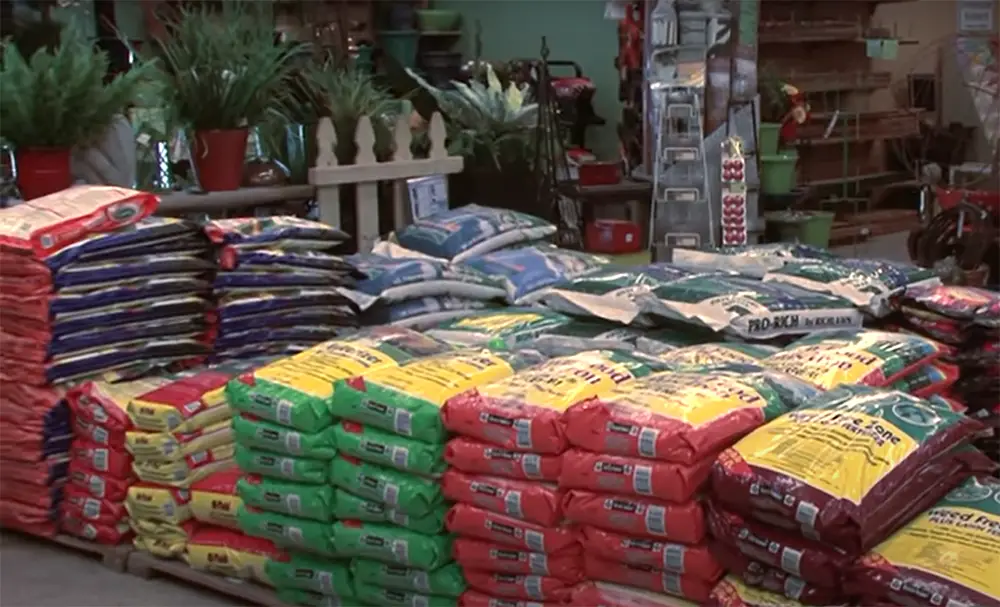
The best time to apply pre-emergent herbicides is in the spring before the dallisgrass starts growing. If you wait until the dallisgrass is already growing, you may not be able to kill it all.
Once you’ve applied the pre-emergent herbicide, make sure to water your lawn well. This will help the herbicide work better and kill more of the dallisgrass.
Post-emergent Herbicides
The most effective method of killing dallisgrass is to use a post-emergent herbicide.
There are two main types of post-emergent herbicides: selective and non-selective. Selective herbicides will only kill certain types of weeds, while non-selective herbicides will kill all plants that they come in contact with. It is important to choose the right type of herbicide for your needs. If you have a lawn with other types of grass, you will need to use a selective herbicide so that you do not kill the other plants in your lawn.
The most important thing to remember when using any type of herbicide is to follow the directions on the label carefully. Herbicides are powerful chemicals and can be dangerous if used improperly. Be sure to wear gloves and protective clothing when using herbicides, and always mix them according to the manufacturer’s instructions.
Cultural Control
Digging Out
If you have a small lawn, and the dallisgrass is just in a few patches, you can try to dig it out by hand. This is best done in early spring or late fall when the grass is actively growing. You’ll need to get as much of the root system as possible, so be thorough. If you’re not able to get all of the roots, the plant will likely regrow.
Once you’ve removed all of the dallisgrass plants, reseed the area with your desired grass species. Be sure to follow the seeding recommendations for your area. Water regularly and fertilize according to schedule to help your new grass establish itself.
You can also try to physically remove the dallisgrass from your garden. This is a time-consuming task, but it will eventually get rid of the problem. You’ll need to:
- dig up the dallisgrass plants, making sure to get all of the roots.
- pull up any dallisgrass plants that are starting to grow.
- dispose of the dallisgrass plants in a garbage bag or compost bin.
Mulching
Mulching is one of the best ways to prevent dallisgrass from growing. By placing a layer of mulch around your plants, you can create a barrier that will stop dallisgrass seeds from reaching the soil and germinating.
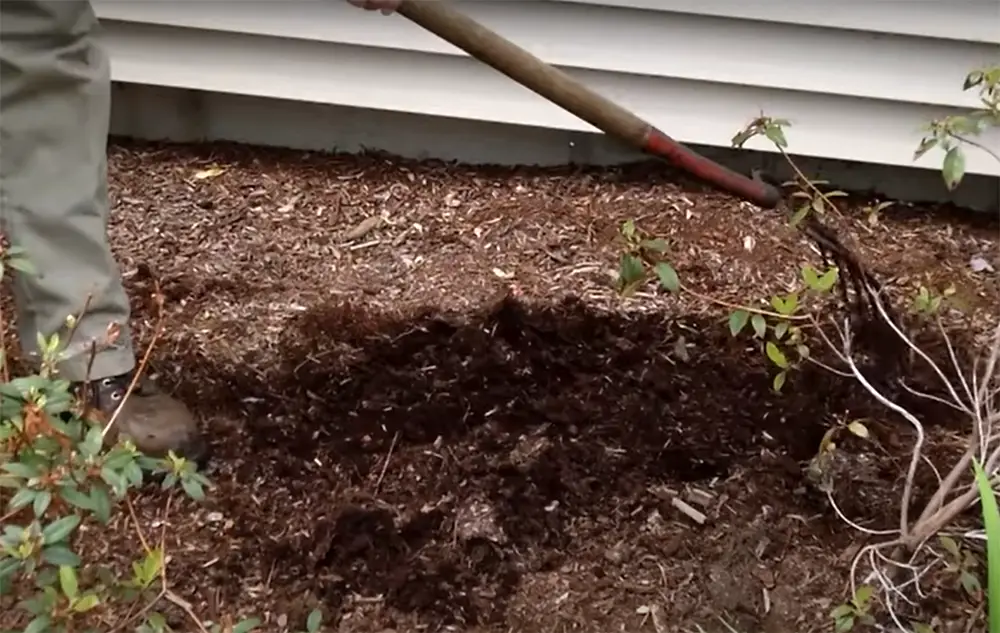
There are a few things to keep in mind when mulching:
- Make sure the mulch is at least two inches thick.
- Use organic mulch, such as wood chips or leaves.
- Keep the mulch away from the base of your plants.
- Refresh the mulch every year.
Another method you can use to kill dallisgrass without harming your other plants is called solarization. Solarization involves covering the area where dallisgrass is growing with clear plastic. The sun’s heat will then build up under the plastic and kill the dallisgrass.
Using Tarp
One way to get rid of dallisgrass without harming your lawn is to smother it. You can do this by covering the area with a tarp or black plastic for several months. The lack of sunlight will eventually kill the dallisgrass. Just make sure that the tarp is tightly sealed around the edges so that no light can get in.
You can also use herbicides to kill dallisgrass without harming your lawn. There are several products on the market that will selectively kill dallisgrass without harming other grasses.
If you have a serious dallisgrass problem, you may need to reseed your lawn. This is the last resort, but it will help to get rid of the dallisgrass and give you a fresh start. Be sure to choose a grass seed that is resistant to dallisgrass so that you don’t have the same problem in the future. [2]
Prevention
The best way to get rid of dallisgrass is to prevent it from ever taking root in your yard in the first place. There are a few ways you can do this:
- Pull up any dallisgrass plants you see growing. This is especially important to do before they go to seed, as each plant can produce tens of thousands of seeds that will spread and take root elsewhere.
- Raise the mowing height of your lawnmower. Dallisgrass grows best in short grass, so by keeping your lawn taller, you’ll create an environment less conducive to dallisgrass growth. Just be sure not to raise your mower too high, as this can also promote the growth of other weeds.
- Apply a pre-emergent herbicide in early spring. This will help to prevent dallisgrass seeds from germinating and taking root in your yard. Just be sure to follow the instructions on the herbicide label carefully.
FAQ
What is the best way to get rid of dallisgrass?
There are a few different ways that you can go about getting rid of dallisgrass. You can either dig it up, use an herbicide, or smother it.
The most frequent technique to get rid of dallisgrass is to dig it up. This involves using a shovel or trowel to dig around the plant and then pull it out of the ground. Be sure to get as much of the root system as possible so that it doesn’t come back.
If you don’t want to dig it up, you can also use an herbicide. There are many different types of herbicides on the market, so be sure to read the labels carefully and choose one that is specifically designed to kill dallisgrass. Be sure to follow the directions on the label carefully so that you don’t damage other plants in your yard. [3]
Smothering is another method that can be used to get rid of dallisgrass. This involves covering the plant with a tarp or something similar so that it can’t get sunlight. The plant will eventually die without sunlight.
Does crabgrass killer kill dallisgrass?
The short answer is yes. Crabgrass killer will kill dallisgrass. However, it will also kill any other grass that it comes in contact with, so be sure to use it carefully and only apply it to the area where dallisgrass is growing. [4]
Will St Augustine choke out dallisgrass?
Yes, St. Augustine will choke out dallisgrass. The two grasses compete for the same resources, and St. Augustine is a much more vigorous grass. It will quickly overrun a dallisgrass lawn if given the chance.
To give your St. Augustine a head start, mow your dallisgrass lawn as short as possible before planting. This will help to weaken the dallisgrass and give your new St. Augustine seedlings a fighting chance. [5]
Once your new St. Augustine lawn is established, be sure to keep it well-watered and fertilized. A healthy, thick St. Augustine lawn will eventually crowd out any remaining dallisgrass in your yard.
Is dallisgrass the same as crabgrass?
No, dallisgrass is not the same as crabgrass. Dallisgrass is a perennial grass that can grow up to three feet tall, while crabgrass is an annual grass that only grows about six inches tall. Additionally, dallisgrass has a thick root system that can make it difficult to pull out of the ground, while crabgrass has shallow roots that are easy to pull up. [6]
Does dallisgrass go dormant?
Dallisgrass typically goes dormant in late summer to early fall. However, it can also go dormant during periods of drought or heat stress. If your dallisgrass is going dormant, you’ll notice the leaves turning yellow and dying back. The best time to kill dallisgrass is when it’s actively growing, so if you see signs that it’s about to go dormant, act quickly!
Useful Video: How to Get Rid of Dallisgrass (4 Easy Steps)
Conclusion
The process of killing dallisgrass without harming your lawn may seem daunting, but with these tips, we hope that it will be a success! Be sure to follow the instructions carefully and always test products on a small area first before using them on your entire lawn. With patience and a little bit of elbow grease, you can get rid of this pesky weed once and for all! Thanks for reading. Good luck!
References:
- https://www.gardeningknowhow.com/plant-problems/weeds/dallisgrass-weed.htm
- https://www.diys.com/dallisgrass-weed/
- http://ipm.ucanr.edu/PMG/PESTNOTES/pn7491.html
- https://www.vistaturf.com/fb/dallis-or-crab
- https://www.lsuagcenter.com/portals/blogs/southerngarden/dallisgrass
- https://anestwithayard.com/dallisgrass-vs-crabgrass/

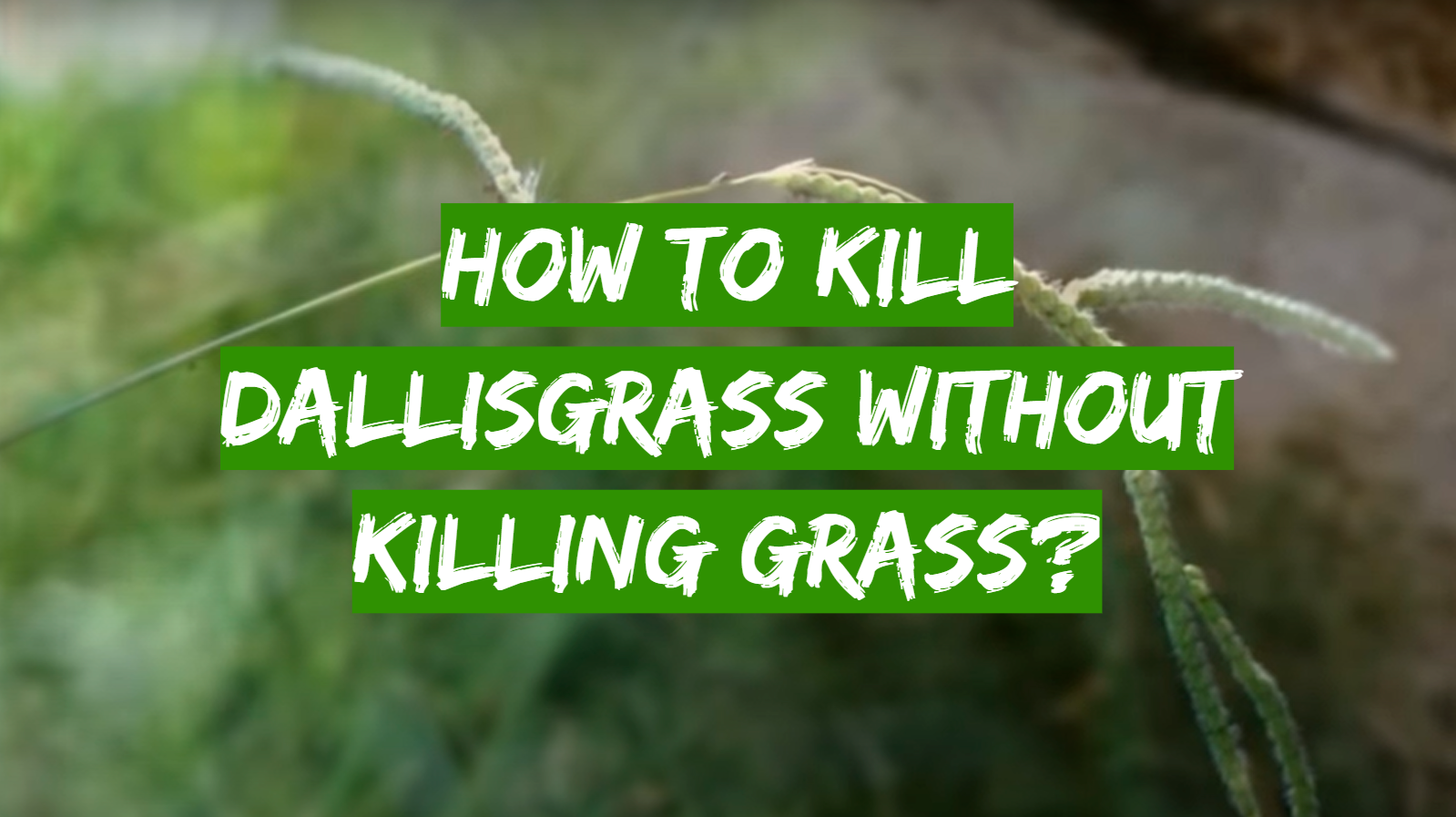


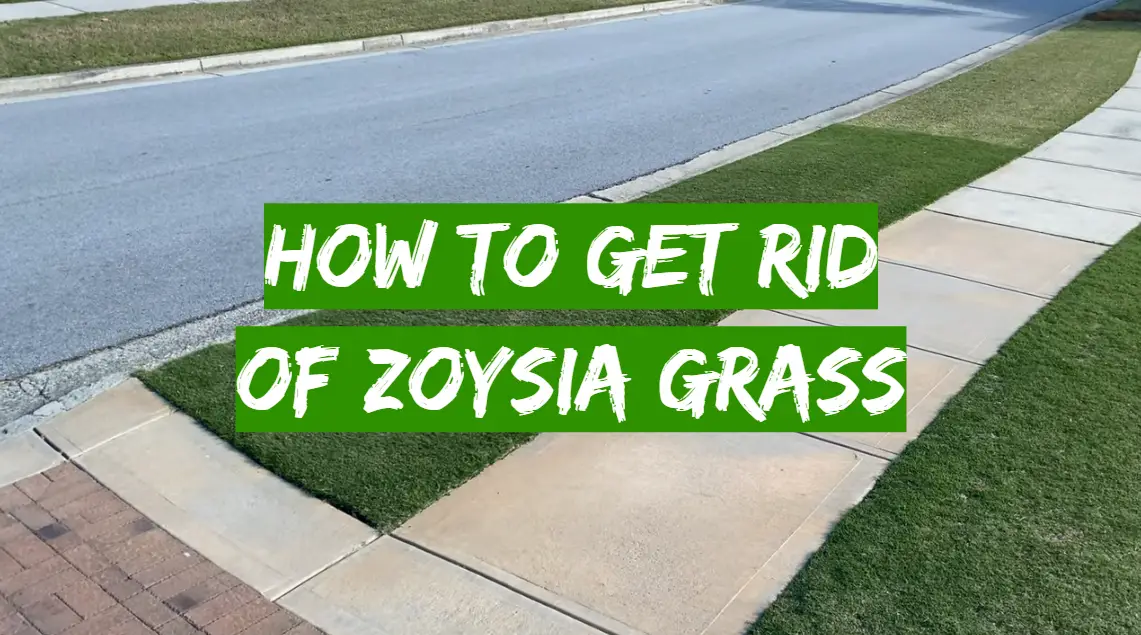
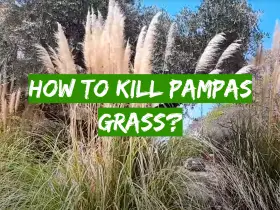
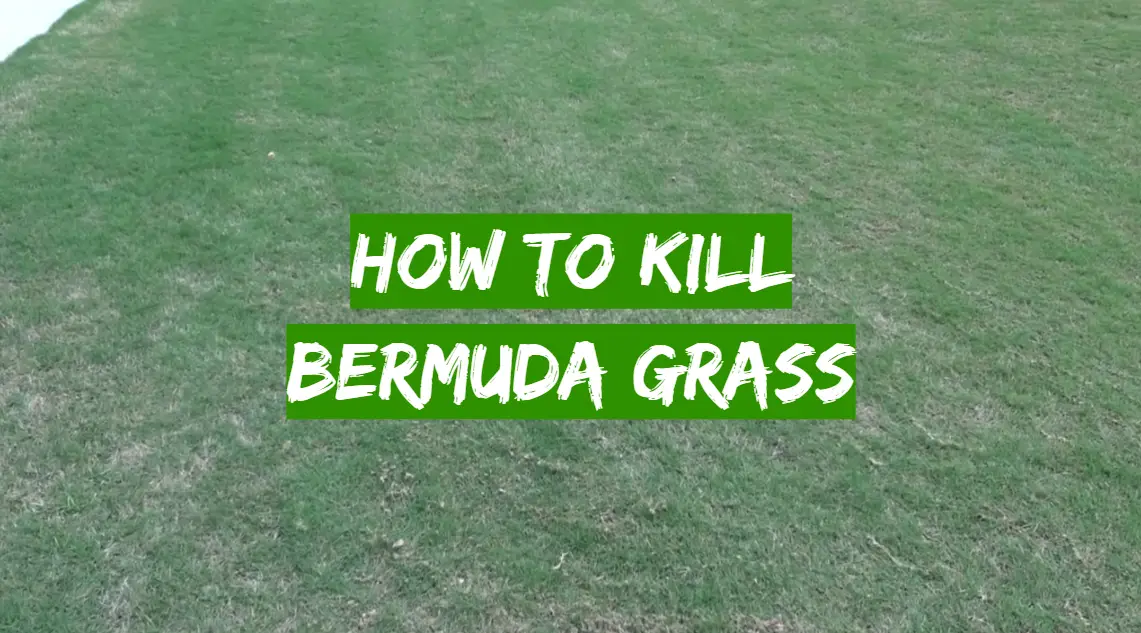
Leave a Reply
View Comments